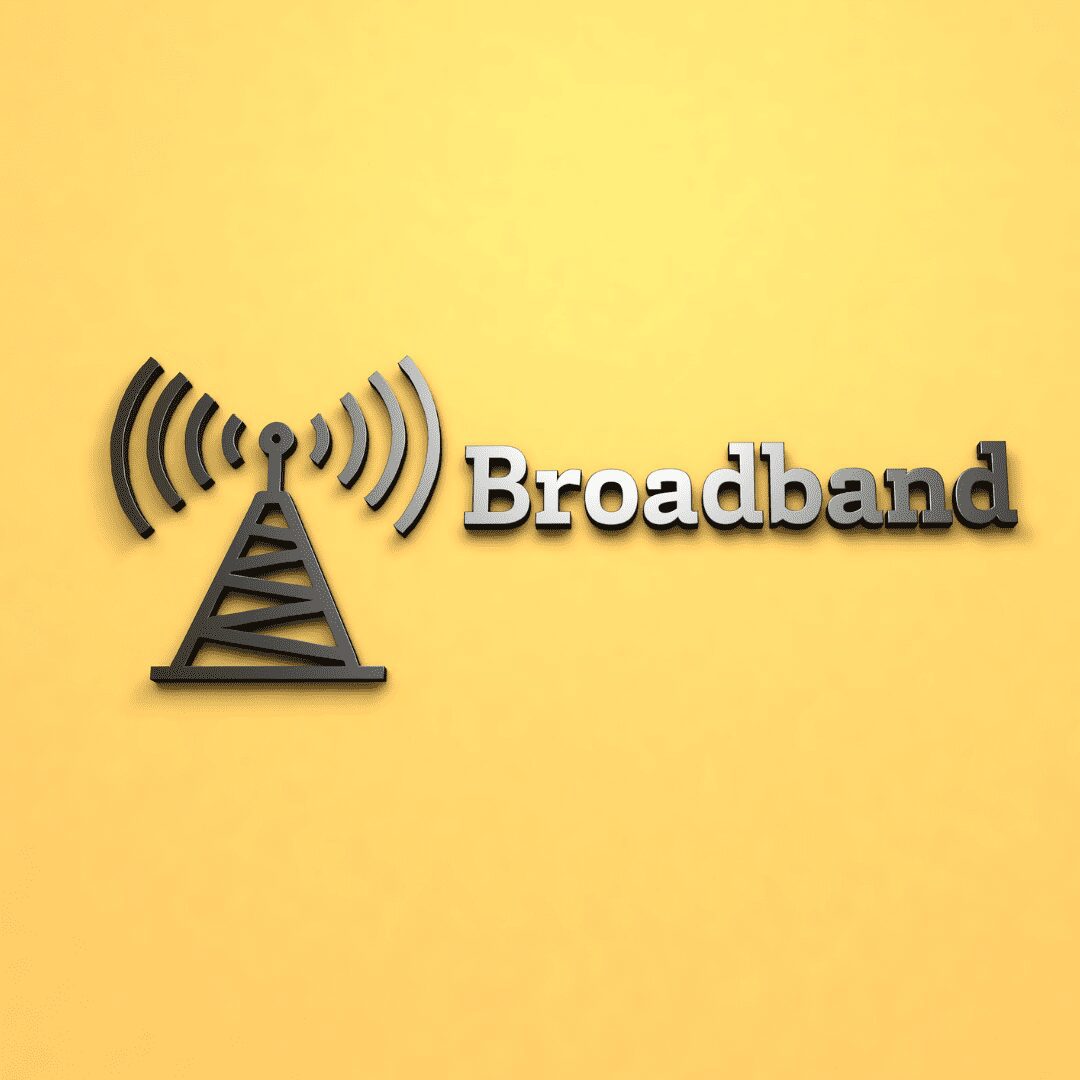
Credit Ratings have GONe Down
Johnny Kampis
February 10, 2023
A closer examination of credit ratings shows at least six cities experienced investor service ratings downgrades due to the poor financial performance of their taxpayer-funded internet projects.
Below is an examination of these six municipalities:
Burlington, Vermont
This may be one of the most egregious examples of where a failed government-owned network (GON) caused credit ratings to crash, with multiple downgrades over the years. Moody’s dropped the city’s General Obligation Bond from AA3 to A2 in March 2010, noting that “the downgrade largely reflects the city’s weakened financial position and strained liquidity resulting from the use of its pooled cash account to finance the expansion of the city’s struggling telecommunications enterprise…While the city is actively pursuing a viable solution for the telecommunications system there remains a high degree of uncertainty regarding the city’s ability to place the enterprise on a more sustainable path and ultimately repay the funds owed.” In January 2011, the bond was downgraded from A2 to A3, and again from A3 to BAA3 in June 2012. The Burlington City Council agreed in November 2017 to sell the struggling GON to Schurz Communications, losing at least $10 million in taxpayer funds in the process. Moody’s noted in April 2019 that the example “illustrates [the] challenges of municipally owned enterprises.”
Cedar Falls, Iowa
In March 2013, Moody’s downgraded the Cedar Falls Communications Utility’s outstanding lien revenue debt from A1 to A3. In addition to pointing out the loss of a major customer of the GON’s bulk cable communication services, Moody’s said in the report that “the utility is susceptible to rising program costs that poses risk to [the] entire cable industry, demands of changing technology, and potential eventual saturation of the market.”
Chattanooga, Tennessee
In March 2012, Fitch downgraded the Chattanooga Electric Power Board’s electric system revenue bonds from AA+ to AA. Fitch said that “a portion of the related costs will be covered by revenues generated from internet and newly launched cable & video services. These services entail a higher degree of business risk and operating margins that are less predictable than the EPB’s traditional electric operations.”
Lafayette, Louisiana
The Lafayette Communications System Revenue Bonds of Lafayette Utilities System (LUS) – which recently received millions in GUMBO grants for a massive expansion across several parishes – has been downgraded twice by Moody’s (2007 and 2011) since the GON was created. The service knocked LUS down from A2 to A3 in November 2011. Moody’s stated the downgrade “reflects the absence of a debt service reserve fund on the current communication revenue bonds and the inadequacy of a debt service reserve fund on the [debt].” Controversy arose in Lafayette last year after city leaders decided to raid the meager reserves of LUS Fiber to balance the city’s budget, requiring the broadband division of the electric utility to make $3.2 million in in-lieu-of-tax payments over the next fiscal year.
Monticello, Minnesota
Although Monticello developed a partnership with a private provider, taxpayers owned the city’s Fibernet, which never got a strong foothold on the market and led to a credit rating downgrade and default on the debt. In September 2012, Moody’s dropped the city’s bond rating from AA3 to A2 because “default [was] expected on unrated telecommunications enterprise bonds following [the] termination of sinking fund payments from supplemental city resources.” City leaders began bailing out Fibernet that year by giving the network loans via tax dollars, including $3.1 million from the city’s Liquor Fund and $323,000 from the General Fund. But even those loans couldn’t prevent the city from defaulting on its bond payments for Fibernet. A court oversaw a settlement agreement that required the city to pay $5.75 million to bondholders and Wells Fargo, the bond trustee.
Salisbury, North Carolina
This city’s Fibrant communications system is one of the worst examples of the “rob Peter to pay Paul” syndrome city leaders demonstrate when they raid utility revenues to help support struggling internet systems. The city loaned $7.6 million from its water and sewer reserves to pay operating expenses for Fibrant, which led to a credit rating downgrade by Fitch in September 2014 from AA- to A+. Fitch said the drop “reflects the system’s substantial support of the city-run broadband enterprise system from fiscal years 2011 to 2013, stating that the loan “added pressure to the system’s financial profile.” Moody’s had previously issued a downgrade to the city’s General Obligation Bonds earlier that year, citing “the city’s outsized enterprise risk association with its broadband enterprise, with considerable operating pressure should Fibrant continue to underperform.” The city’s residents voted in May 2018 to lease Fibrant to Hotwire Communications, which rebranded the network as Fision.
Johnny Kampis is director of telecom policy for the Taxpayers Protection Alliance.
